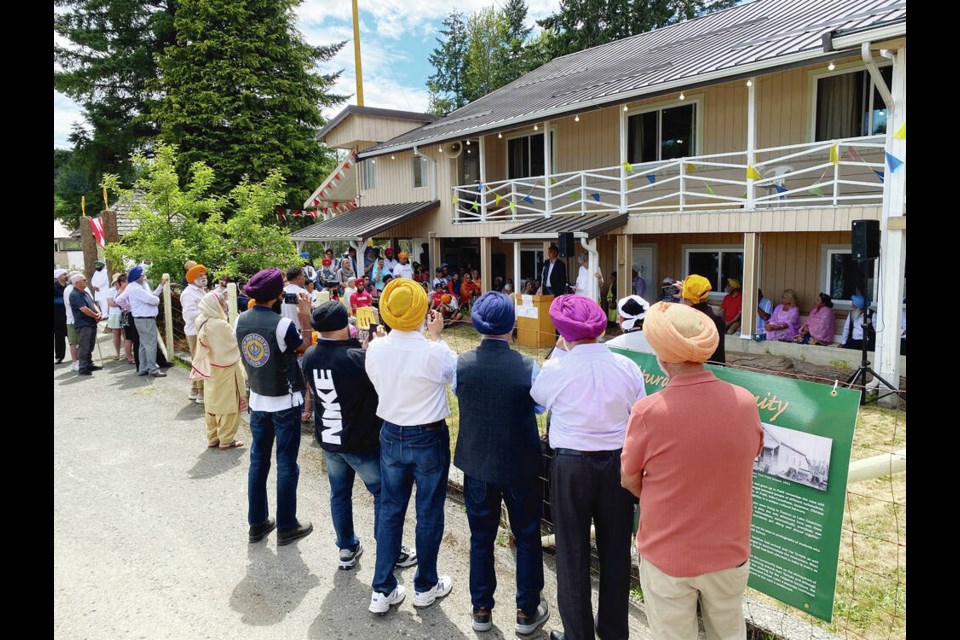The first museum on Vancouver Island dedicated to Punjabi Sikh history is now open.
The Paldi Historical Museum, which recently opened in one of the rooms of the Paldi Sikh Temple located west of Duncan at 23 Paldi Rd., explores the history of Paldi, an historic migrant mill town founded in 1916. The town’s story was the subject of the latest .
“At that time frame, when racism was so rampant, it was a safe haven for a lot of people,” said Satwinder Bains, an associate professor and director of South Asian studies at the University of Fraser Valley.
Japanese, Chinese, Punjabis and Europeans all worked and lived together in Paldi, initially called Mayo Siding after Mayo Singh, the town’s primary founder.
Singh, along with about 35 other shareholders, established a successful company mill town despite two devastating fires early in the settlement’s history. By 1927, Paldi’s population had grown to 1,500, of which about 150 were single working men, according to research from Historica sa国际传媒.
The town had its own school and post office, and a Japanese temple that doubled as a community hall. Paldi residents hosted weeklong volleyball and kabbadi tournaments.
By most accounts, the community was thriving until the mill closed in 1945 in the face of economic downturns, the forced dispossession of its Japanese-Canadian population, and the establishment of bigger mills in the region. Many in Paldi chose to remain and commuted to work in Honeymoon Bay and its surrounding communities even until the late 1960s.
The last of its residential buildings were torched in 2005 as fire-suppression practise for local fire departments.
No one lives in Paldi today, though its gurdwara — a place of worship established in 1919 and last rebuilt in 1959 — still stands and remains an active gathering place.
“For us, Paldi is a living history. We don’t have a lot of living artifacts or spaces that we can go to in sa国际传媒 that we can say we were here,” Bains said. “We built sa国际传媒 too, one log at a time.”
It’s important to respect these early settlers, even with the understanding that they themselves were displacing First Nations peoples at the time, Bains said.
The opening of the Paldi Historical Museum is significant for Dave Mayo, the Paldi Sikh Temple’s president, who grew up in Paldi and is a grandson of the town’s founder.
Creating the museum was a longstanding wish of his mother, Joan Mayo, he said. “We pushed for it and got it all done.”
Much of the research showcased in the museum comes from Joan Mayo, author of Remembering Paldi, a history book that was the culmination of decades worth of research.
Joan Mayo, now 92, visited the museum and “was just amazed,” Dave Mayo said.
Cowichan-Malahat-Langford MP Alistair MacGregor, who attended the opening, said the museum is a tribute to the enduring legacy of Sikh immigrants.
“For over one hundred years, the Cowichan Valley has drawn strength from the Paldi community’s rich history of inclusion and respectfulness,” MacGregor said in a statement.
“I look forward to the Paldi Historical Museum standing as a testament to the pioneering spirit and resilience of the Sikh immigrants who settled in Paldi and played a vital role in the growth of our region.”
>>> To comment on this article, write a letter to the editor: [email protected]



-thumb.png;w=120;h=80;mode=crop)